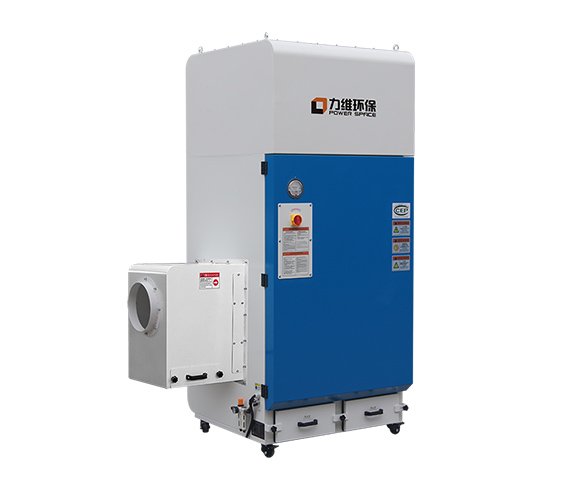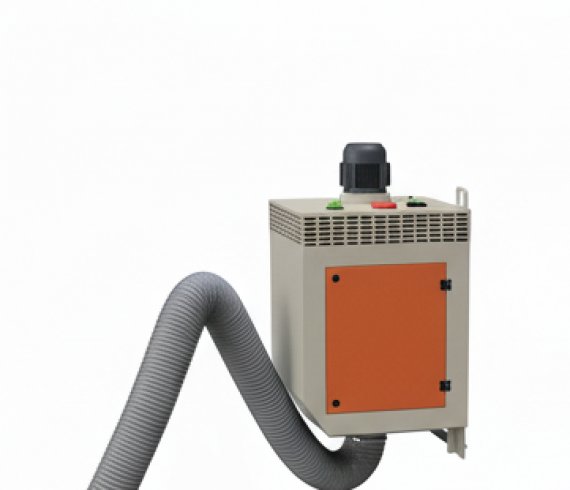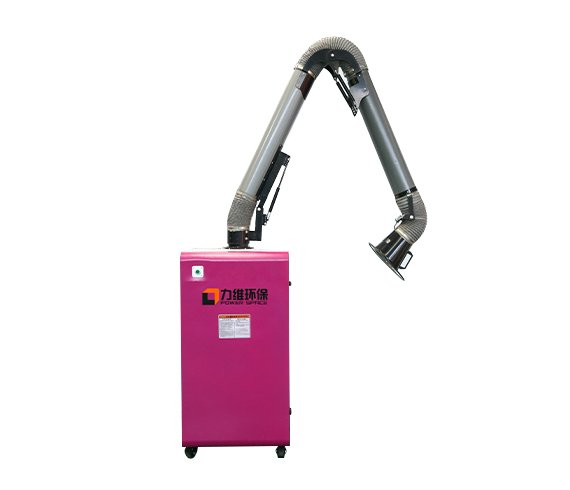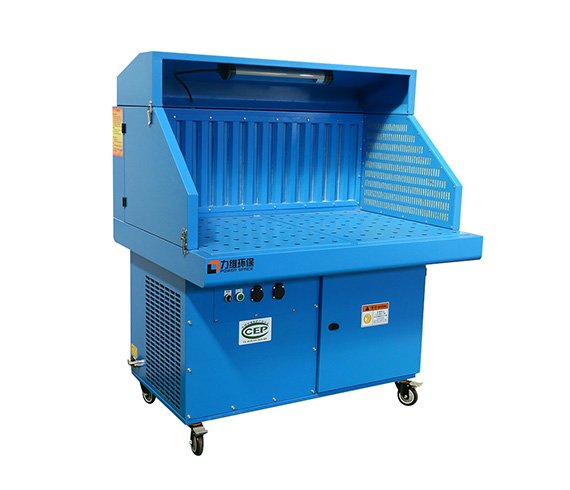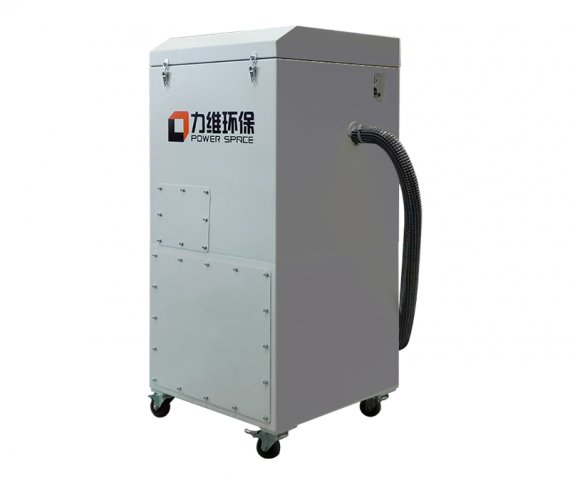News
Power Space tailor-made dust removal plan for you
Maximize Profits with the Right Welding Smoke Eater
In the bustling market of welding equipment, the welding smoke eater stands as a game-changer for businesses. As a mobile welding smoke eater dealer or a procurement manager, your choice of these essential machines can significantly impact your bottom line and the satisfaction of your clients. Understanding the various aspects of welding smoke eaters, from their performance to the factors influencing their effectiveness, is crucial. This article will guide you through everything you need to know to make informed decisions and succeed in the market.
The Origins of Welding Smoke
Welding processes generate smoke due to a combination of factors. When metals are heated to extreme temperatures, they release vapors that cool and condense into tiny particles.Different welding methods, such as arc welding, MIG welding, and TIG welding, produce varying amounts and compositions of smoke.
Recognizing the sources of welding smoke is the first step in choosing the right smoke eater for welding to combat these pollutants effectively.
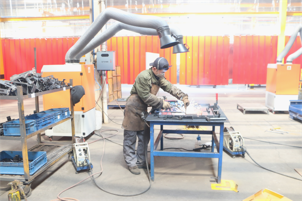
Particle Sizes Matter: Filtering the Invisible Threat
The size of the particles in welding smoke ranges widely, from large, visible dust to microscopic particles that are invisible to the naked eye. Particles smaller than 10 micrometers (PM10) can penetrate deep into the lungs, causing respiratory problems, and particles as small as 2.5 micrometers (PM2.5) are even more dangerous, as they can enter the bloodstream. A high-quality welding smoke eater must be equipped to handle this wide spectrum of particle sizes. Look for smoke eaters with advanced filtration systems, like HEPA filters, which can trap particles as small as 0.3 micrometers with an efficiency of up to 99.97%. This ensures that the smoke eater for welding can protect workers from the full range of harmful particles present in the welding environment.
Performance: The Core of a Reliable Welding Smoke Eater
Performance is the cornerstone of any welding smoke eater. Key performance indicators include airflow capacity, which determines how quickly the machine can remove smoke from the workspace. A higher airflow rate, measured in cubic feet per minute (CFM), is essential for larger welding operations or areas with high smoke production. Additionally, the suction power of the smoke eater plays a vital role in capturing smoke before it spreads. Machines with strong suction can draw in smoke from a greater distance, ensuring that even hard-to-reach areas are covered. Noise level is another important performance factor, especially in environments where workers need to communicate. Quieter welding smoke eaters contribute to a more pleasant and productive work atmosphere.
Types of Welding Smoke Eaters: Finding the Perfect Fit
There is a diverse range of welding smoke eaters available, each designed to meet specific needs. Portable smoke eaters are ideal for mobile welding operations, as they can be easily moved from one job site to another. These compact machines often come with wheels and a lightweight design, making them convenient for on-the-go use. Centralized smoke extraction systems, on the other hand, are better suited for large workshops with multiple welding stations. They can handle a high volume of smoke by connecting to a network of ducts and vents. Downdraft tables are another option, which draw smoke down through the work surface, providing effective smoke removal directly at the source. Understanding the different types of welding smoke eaters allows you to offer your customers the most suitable solution for their unique requirements.
Work Environment: Tailoring Solutions to the Job
The work environment has a significant impact on the selection of a welding smoke eater. Consider factors such as work duration, the size of the workpieces, and the number of welding stations. For long hours of continuous welding, a durable and energy-efficient smoke eater is essential to ensure uninterrupted operation. If the workpieces are large, a smoke eater with a wide capture area or adjustable arms may be necessary to effectively remove smoke. In facilities with multiple welding stations, a system that can handle the combined smoke output from all stations, like a centralized extraction system, is the best choice. By matching the smoke eater to the work environment, you can guarantee optimal performance and customer satisfaction.
Cost-Effectiveness: Balancing Quality and Price
While performance is crucial, cost-effectiveness is also a major consideration for both dealers and procurement managers. A high-quality welding smoke eater may have a higher upfront cost, but it can offer long-term savings through lower maintenance requirements, energy efficiency, and a longer lifespan. Look for machines that offer a good balance between price and features. Compare the initial purchase price, operating costs, and the expected return on investment. Additionally, consider the availability of spare parts and after-sales support, as these factors can impact the total cost of ownership. By carefully evaluating the cost-effectiveness of different smoke eaters, you can make decisions that benefit your business and your customers.
In conclusion, as a mobile welding smoke eater dealer or a procurement manager, mastering the knowledge of welding smoke eaters is essential for success. By understanding the causes of welding smoke, the importance of particle size filtration, performance metrics, different types of smoke eaters, the impact of the work environment, and cost-effectiveness, you can make informed choices and offer the best products to your customers. Invest in high-quality welding smoke eaters that meet the diverse needs of your clients, and watch your business thrive in the competitive welding equipment market.
Power Space, your friend in daily life. Contact us and get your solution for your workshop!



